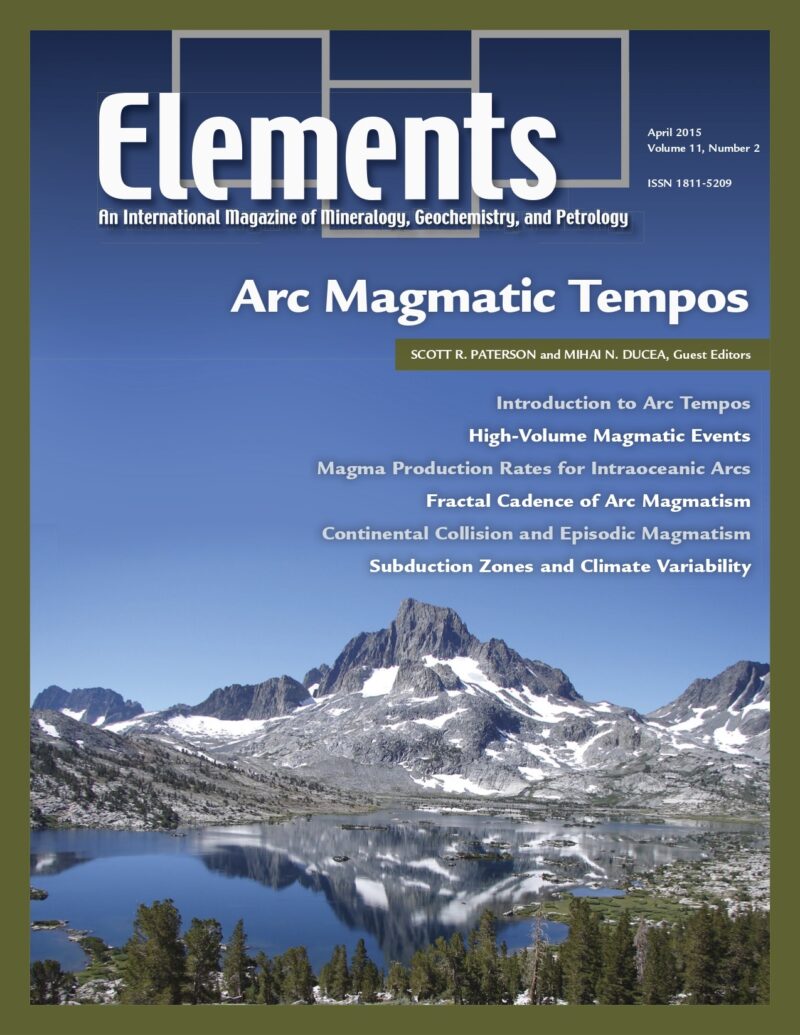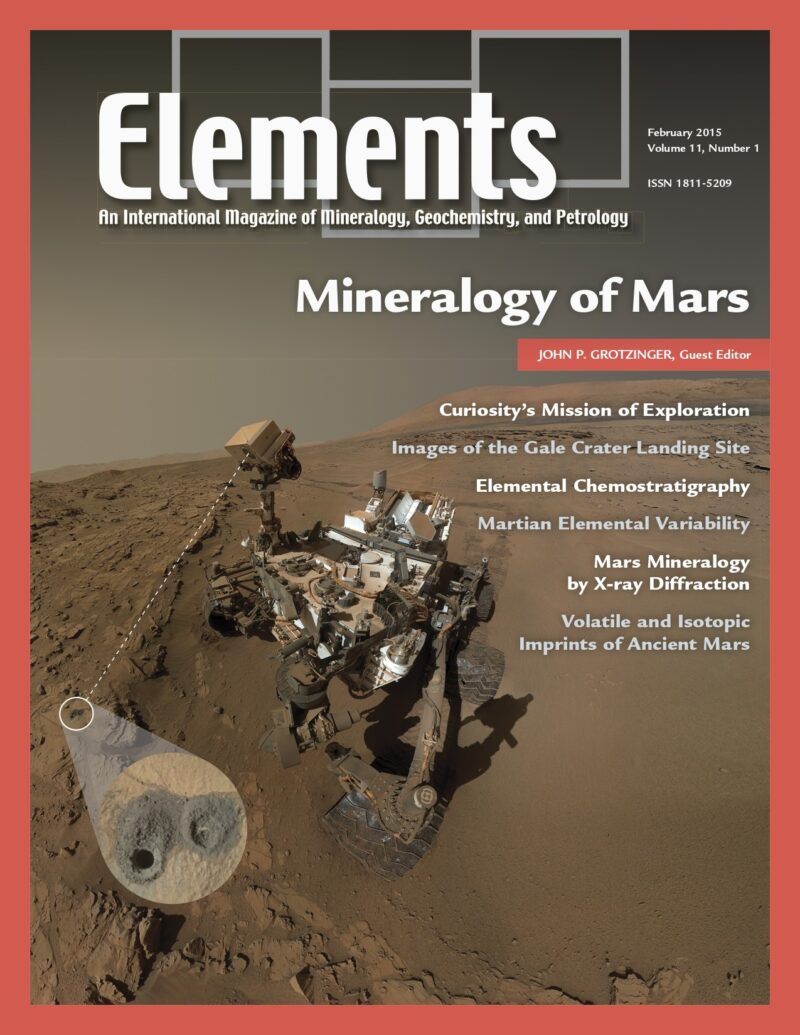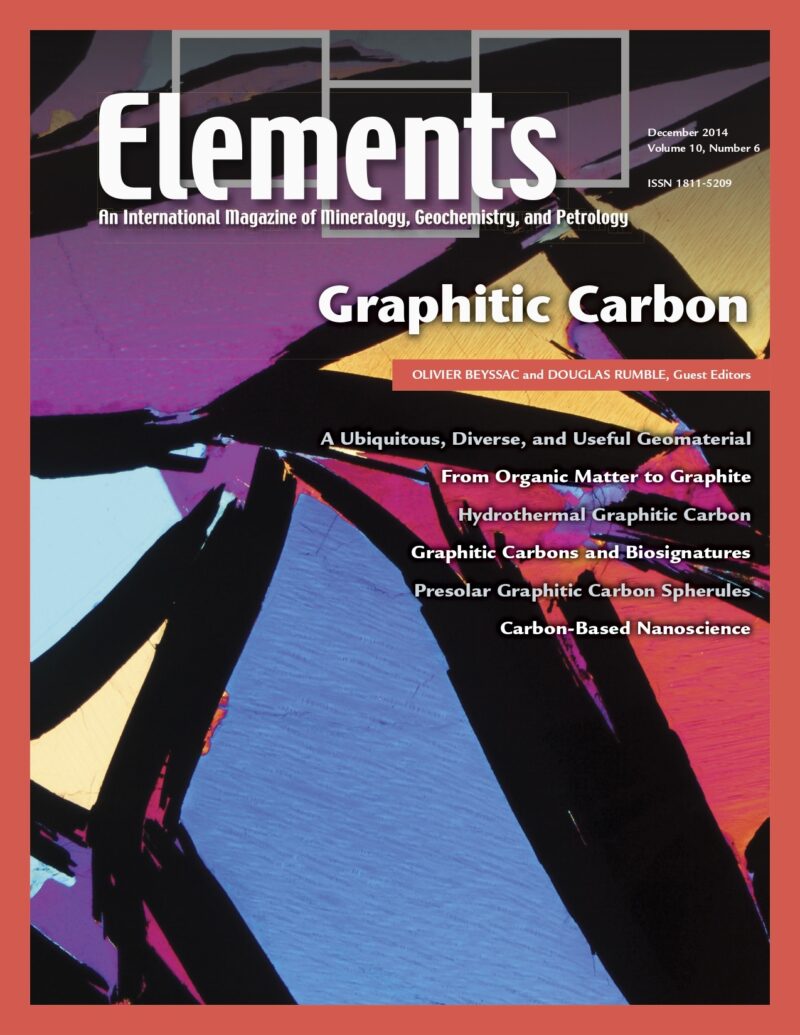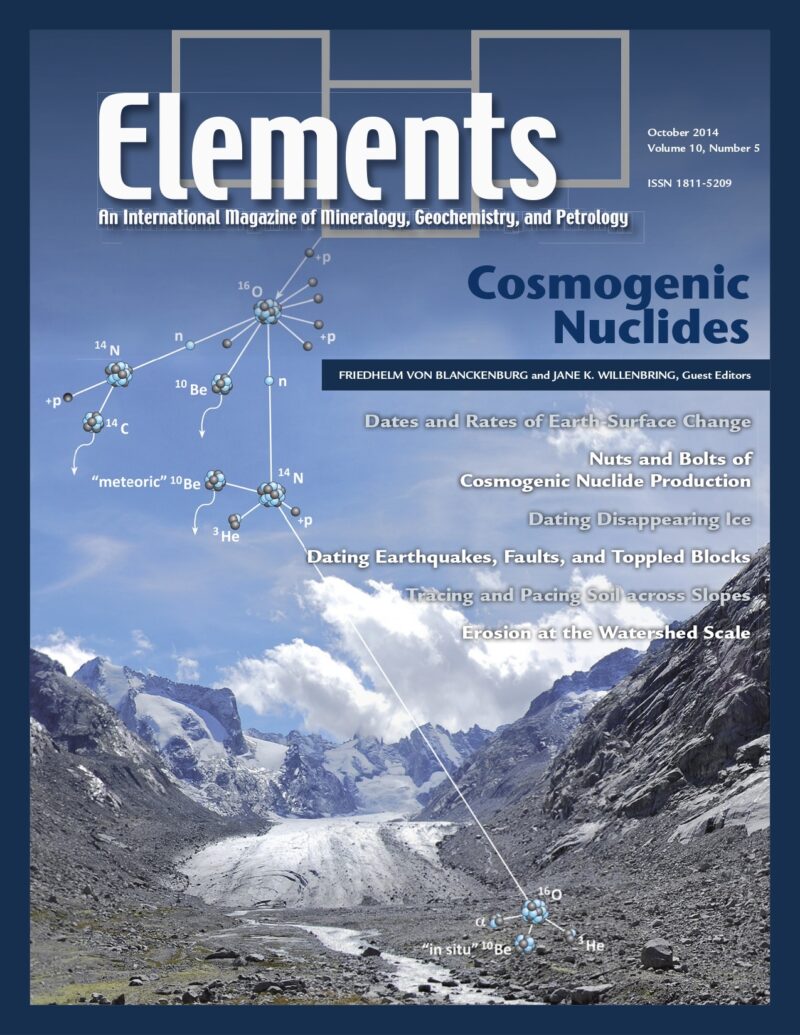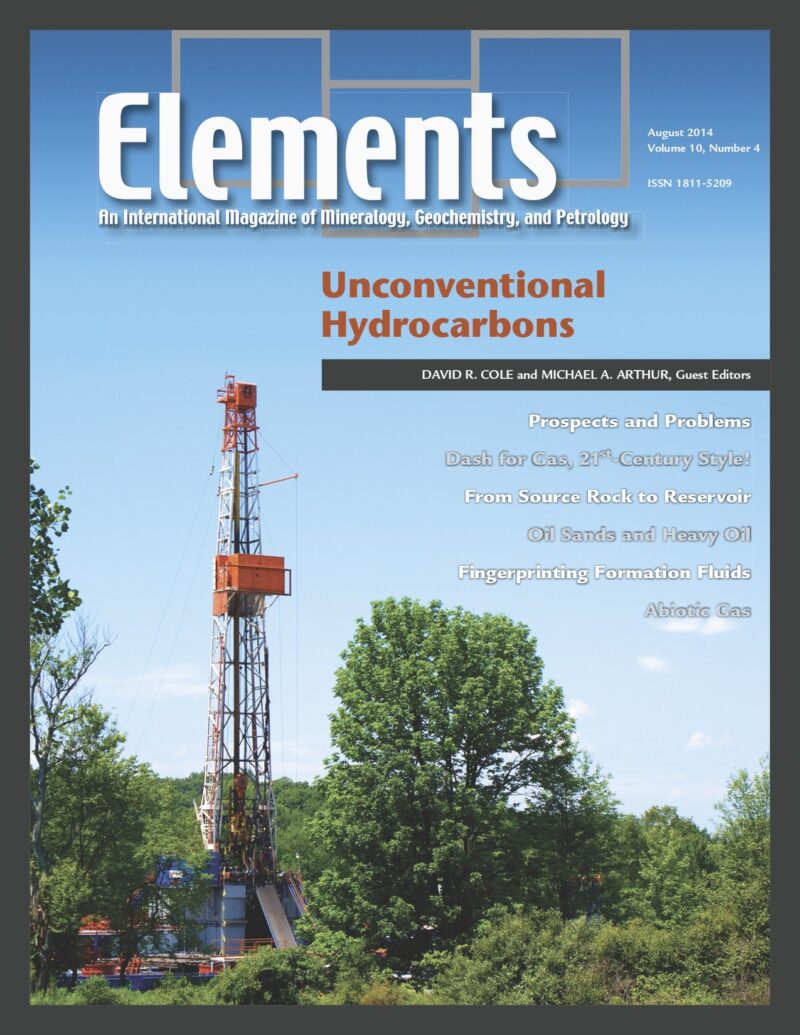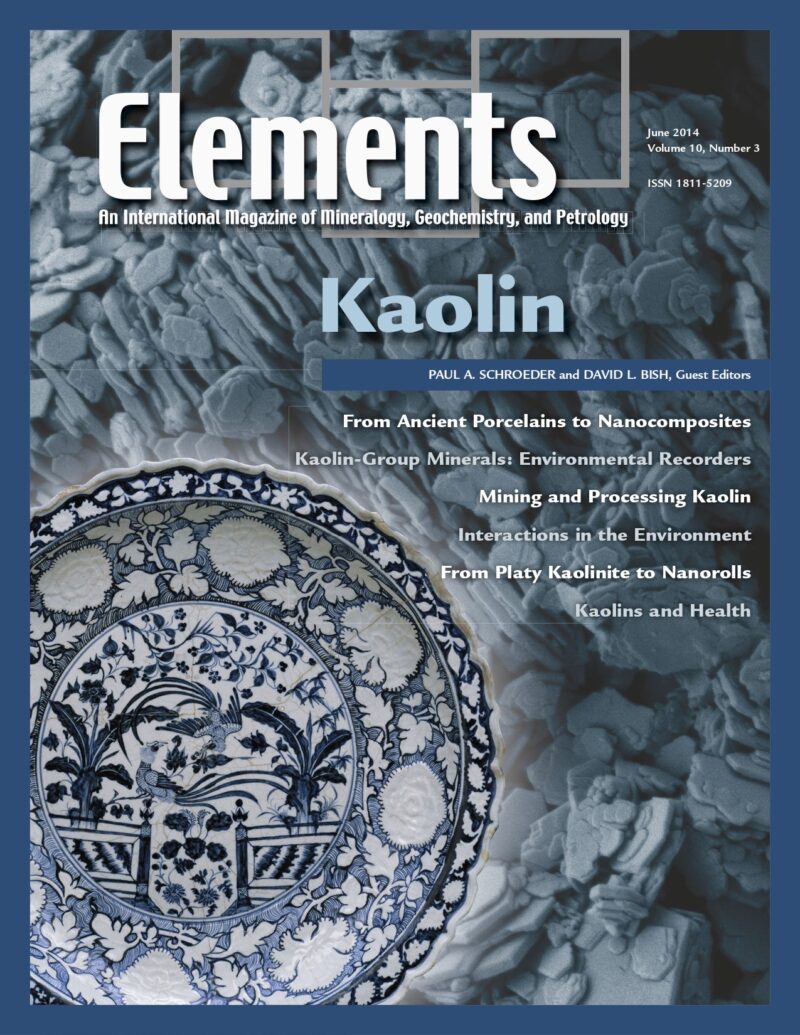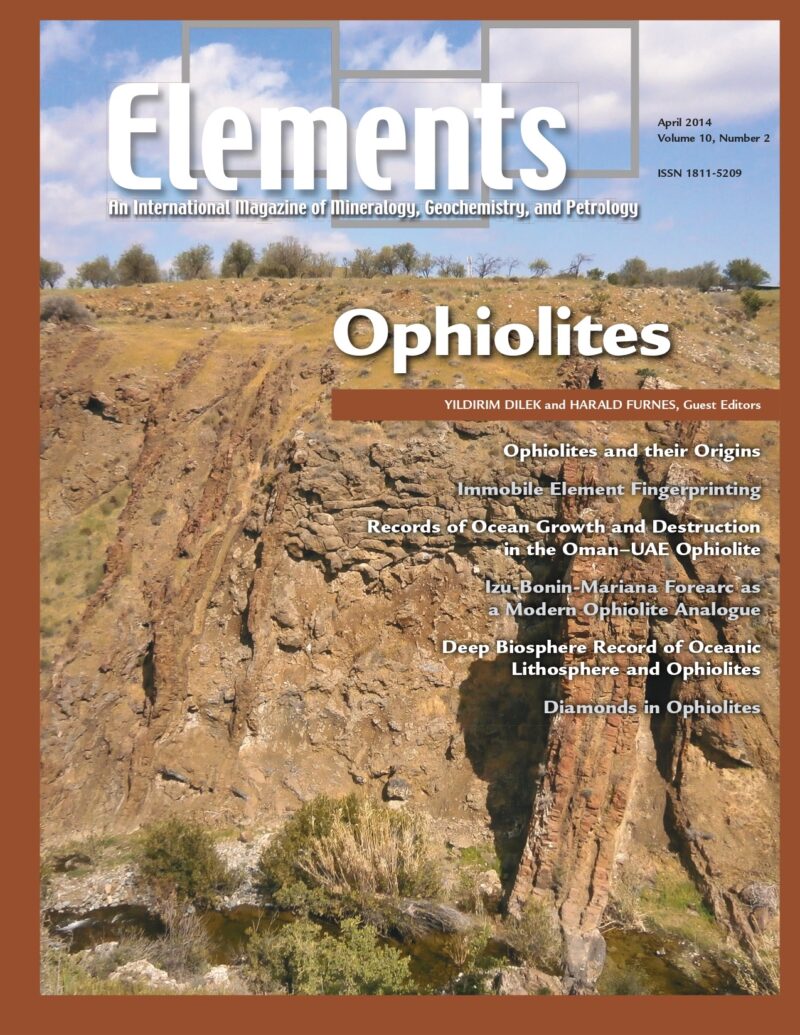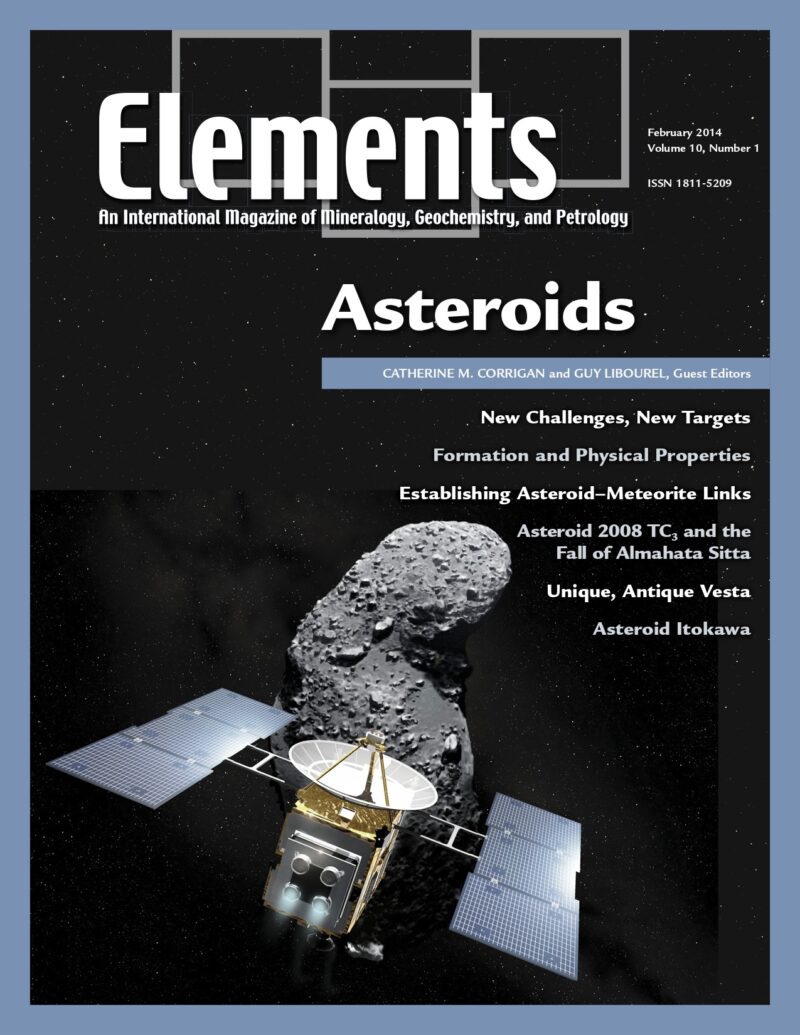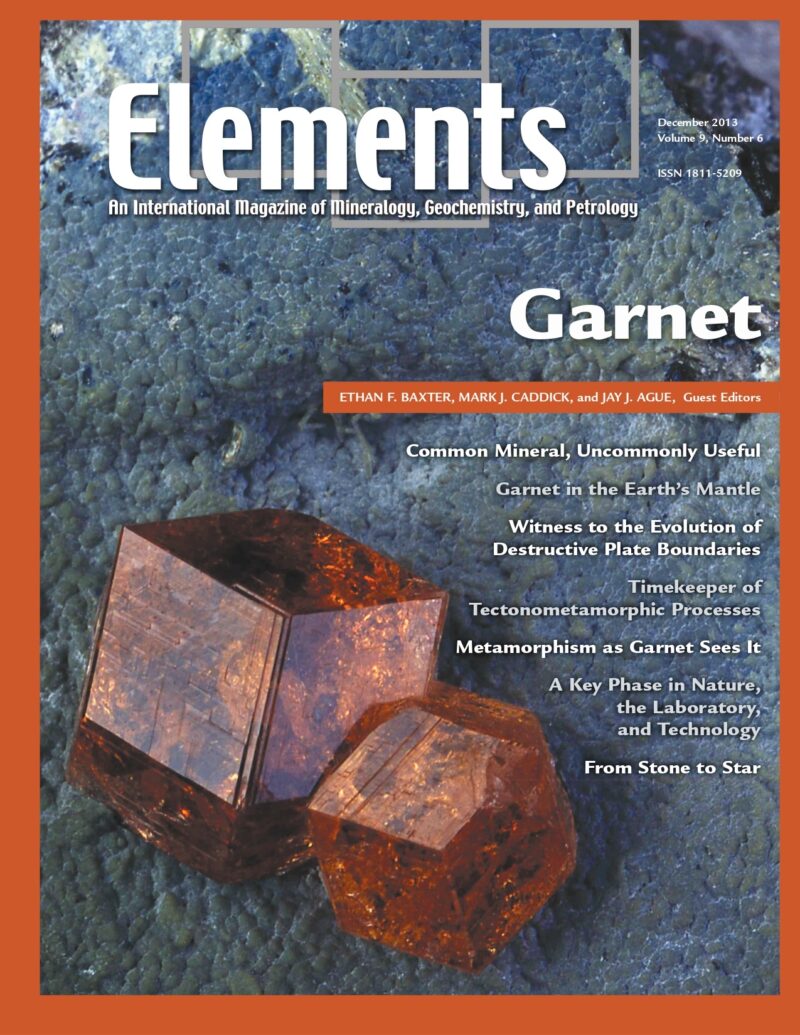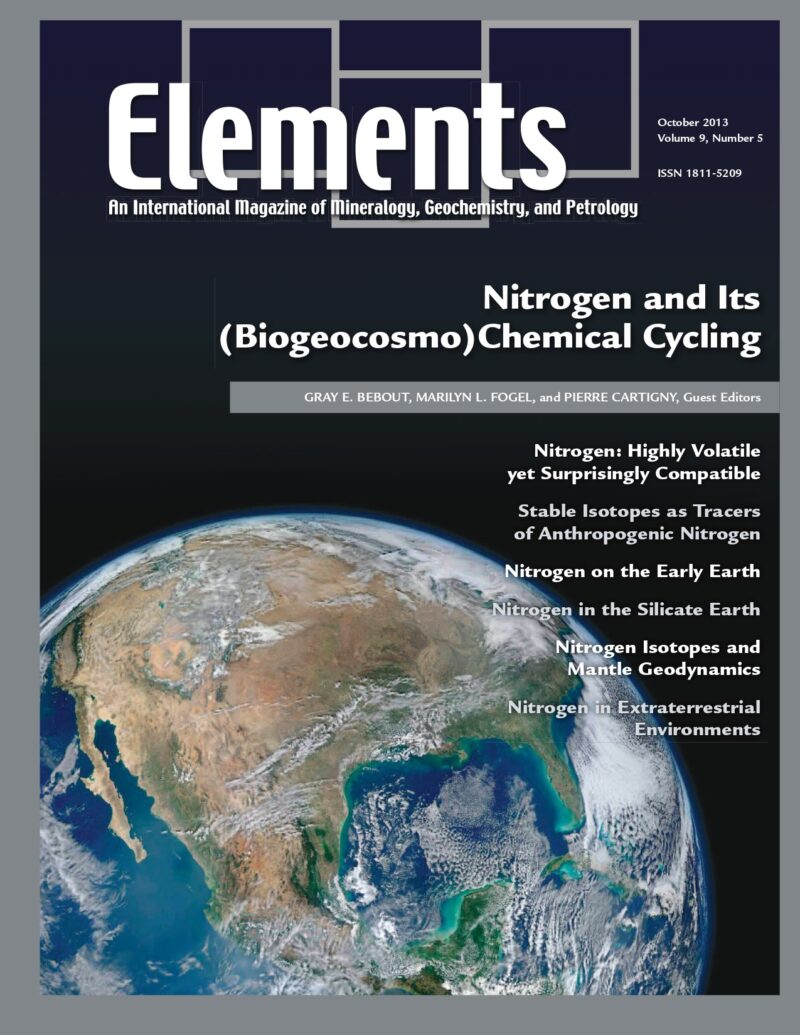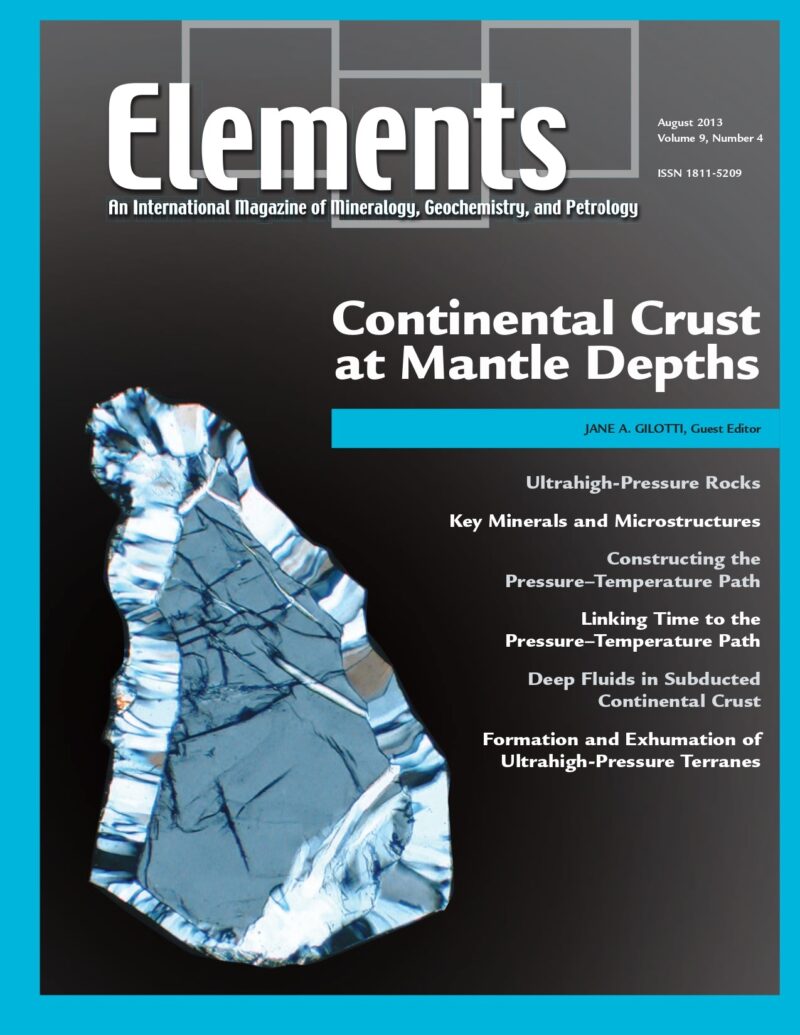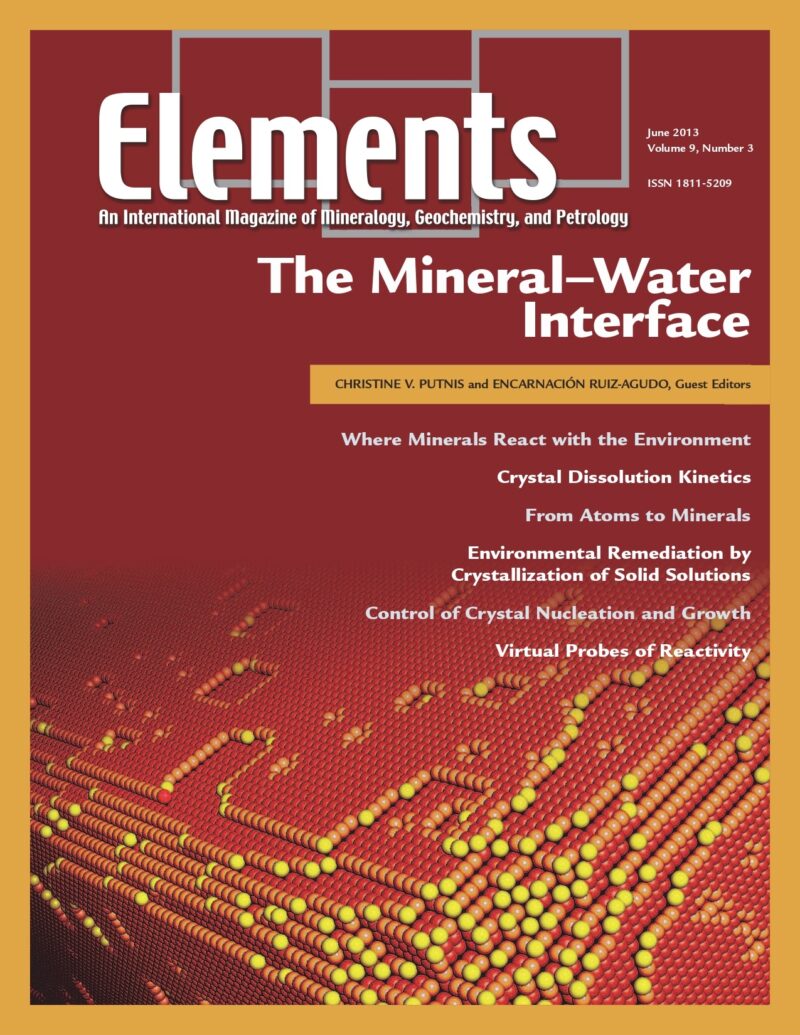-
Arc Magmatic Tempos, April 2015, Vol. 11, No. 2
$20.00Research over the past decade has established that magmatism in oceanic and continental arcs is not temporally or spatially steady-state. The causes of well-documented order of magnitude increases in magmatic production over relatively short-lived, high-volume events remain controversial.
-
Mineralogy Of Mars, February 2015, Vol. 11, No. 1
$20.00The Mars Science Laboratory rover Curiosity touched down on the surface of Mars on August 5, 2012. Curiosity was built to search and explore for habitable environments.
-
Graphitic Carbon, December 2014, Vol. 10, No. 6
$20.00In natural systems, graphitic carbons are widespread and exhibit an infinite range of structure, from amorphous-like compounds (e.g.
-
Cosmogenic Nuclides, October 2014, Vol. 10, No. 5
$20.00The Earth’s surface is the thin, ever-changing layer on which we live. The geochemical study of cosmogenic nuclides is currently revolutionizing our understanding of the processes that shape this surface layer by providing their rates and dates.
-
Unconventional Hydrocarbons, August 2014, Vol. 10, No. 4
$20.00The realization that unconventional hydrocarbons, such as gas and oil shale, oil sands, and heavy oil, can now be exploited more effectively and economically has stimulated exploration and exploitation on a global scale. This has led to a new economic and environmental landscape in energy matters that we are only now starting to understand.
-
Kaolin, June 2014, Vol. 10, No. 3
$20.00Although bearing the simple name “kaolin,” this natural material has a variety of geologic origins and many industrial applications significant to society. Known as china clay, kaolin has a long history dating back to Kauling, China, and its first exploitation in the field of ceramics.
-
Ophiolites, April 2014, Vol. 10, No. 2
$20.00This thematic issue covers some of the most exciting advances in ophiolite science. Focus is directed toward ophiolite classification during the formation and destruction of ocean basins; the mineralogy, petrology, and isotope geochemistry of ophiolites; and the trace element behavior of crustal and upper-mantle units in ophiolites.
-
Asteroids, February 2014, Vol. 10, No. 1
$20.00Asteroids number in the millions. Orbiting the Sun between Mars and Jupiter, they are thought to be the shattered remnants of small bodies formed within the young Sun’s solar nebula and that never accreted large enough to become planets.
-
Garnet, December 2013, Vol. 9, No. 6
$20.00Garnet is among the most studied—and most beloved—minerals, owing to its commonality in diverse geologic contexts, its often large euhedral crystals, its sometimes dazzling colors, and its propensity for preserving information about its growth history. Chemically zoned garnet represents a remarkable tool for deciphering metamorphic conditions and the evolving tectonic processes that drive garnet growth over many millions of years.
-
Nitrogen And Its (Biogeocosmo) Chemical Cycling, October 2013, Vol. 9, No. 5
$20.00Nitrogen is the most abundant element in Earth’s atmosphere and a key component of the biosphere. It is also a critical part of the surface/near-surface cycling of nutrients, thus directly impacting our lives.
-
Continental Crust At Mantle Depths, August 2013, Vol. 9, No. 4
$20.00The discovery of diamond and coesite in crustal rocks is compelling evidence that continental material has experienced pressures that can be achieved only at mantle depths. The classical idea that continents are too buoyant to subduct has given way to the notion of density changes driving deep subduction during the collision process, thus enabling some crust to be exhumed to the surface and the rest to sink into the mantle.
-
The Mineral–Water Interface, June 2013, Vol. 9, No. 3
$20.00Reactions occurring at mineral–water interfaces are central to geochemical processes. They affect a wide range of important environmental issues, such as the composition of natural waters, weathering and soil formation, element cycling, biomineralization (including minor-element incorporation), acid mine drainage, and nuclear waste disposal.

